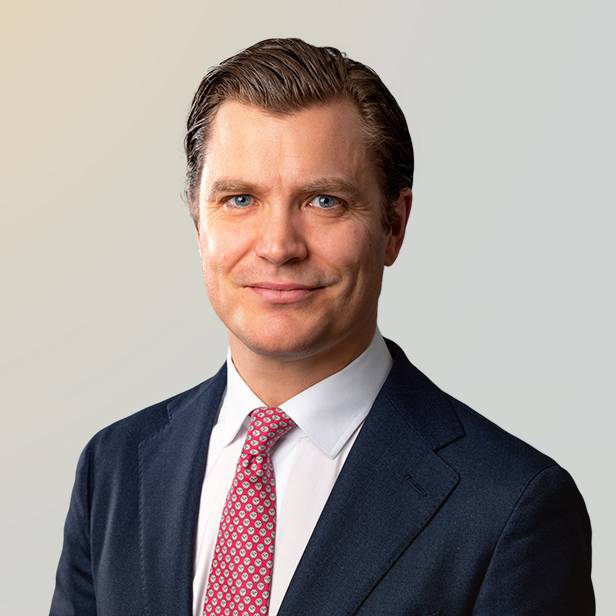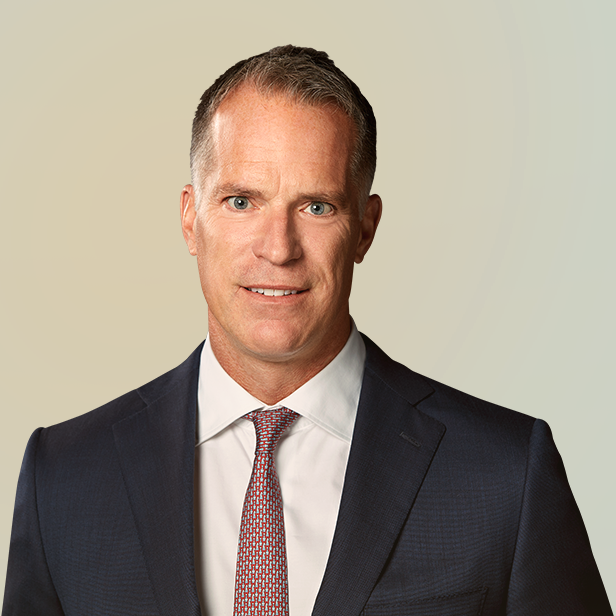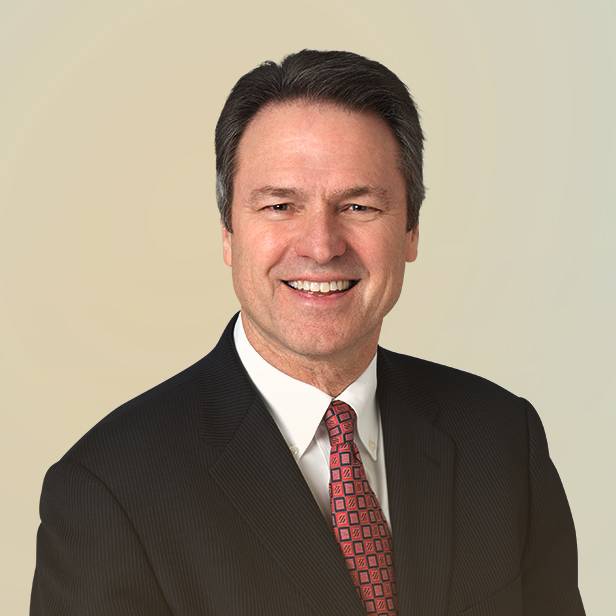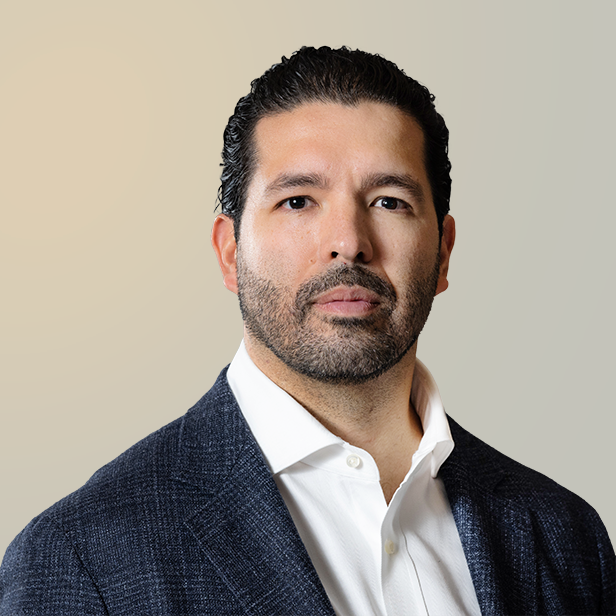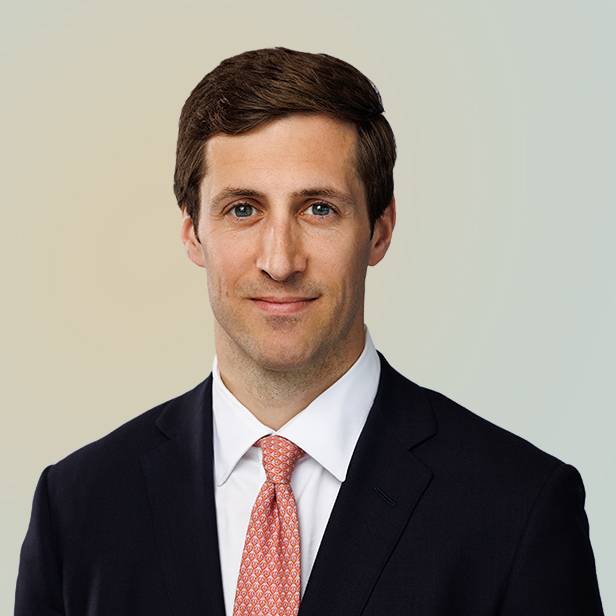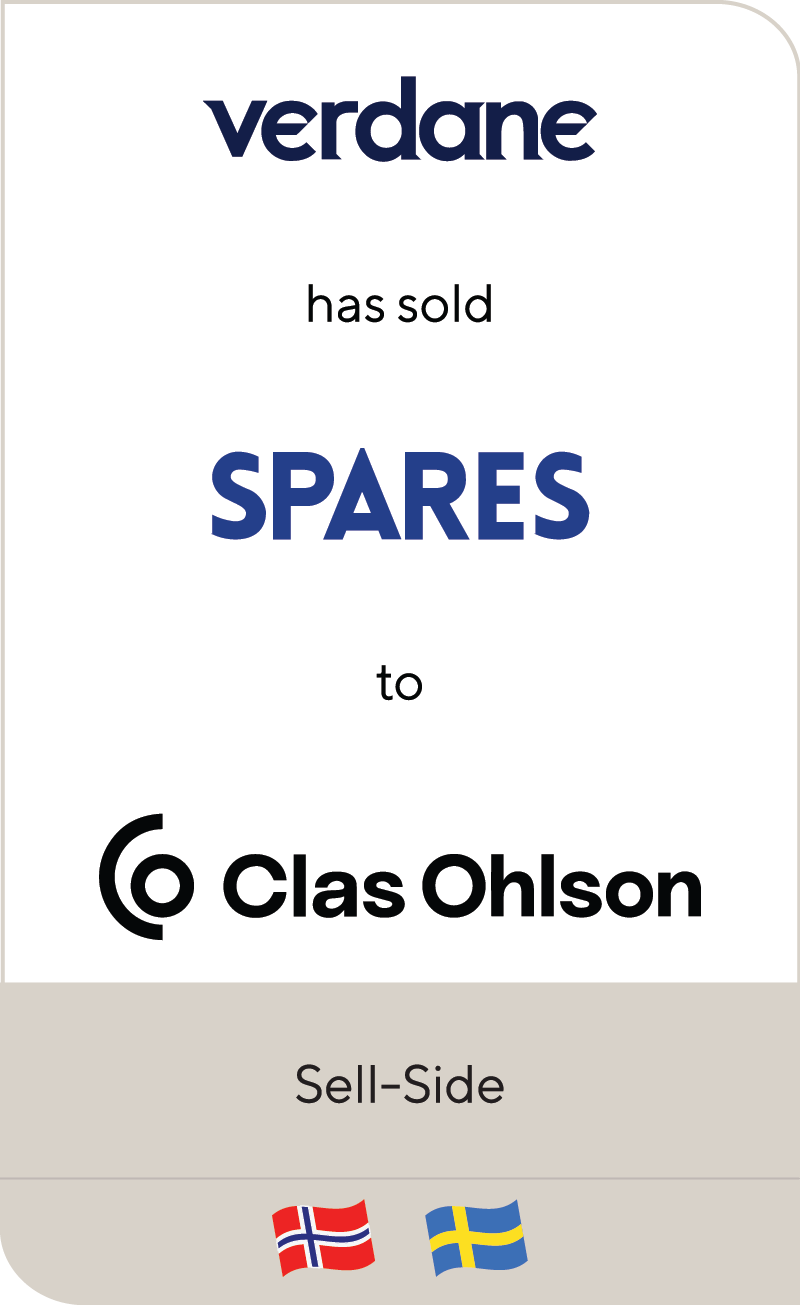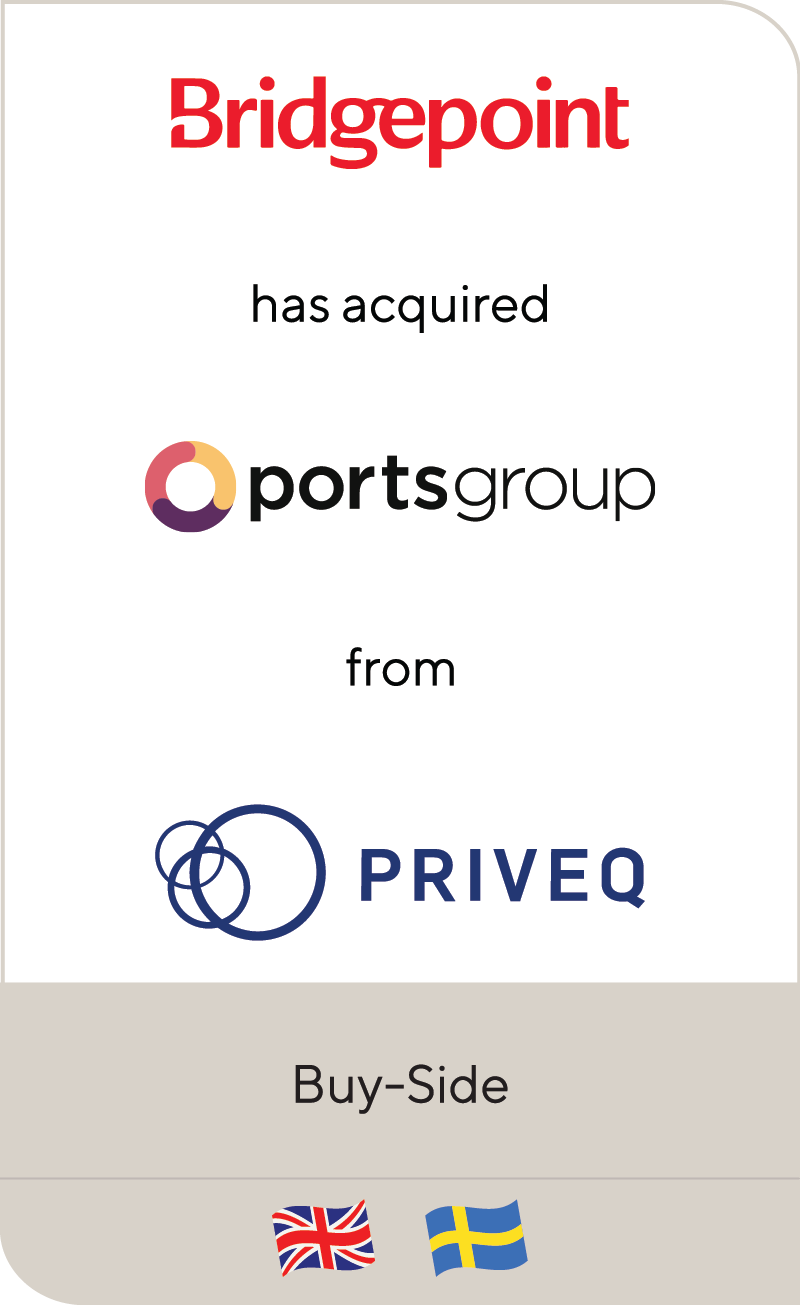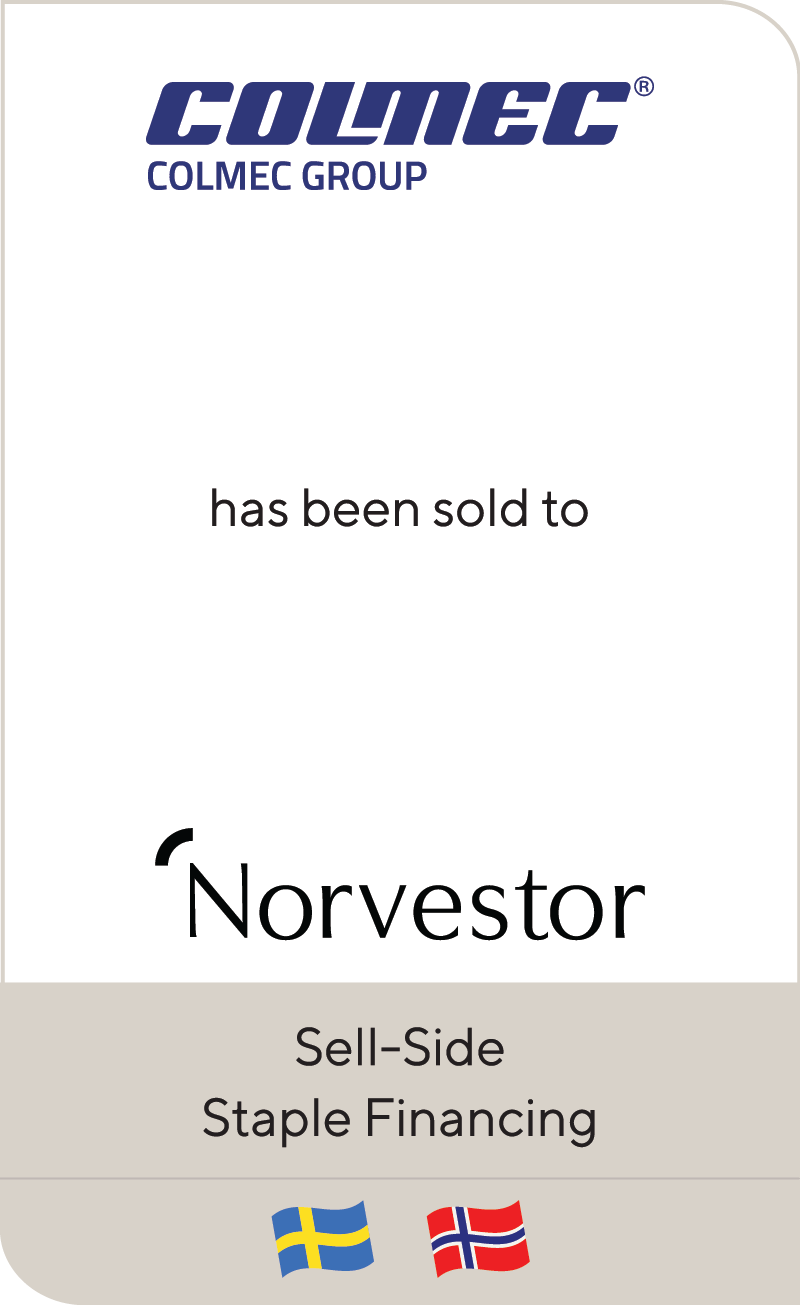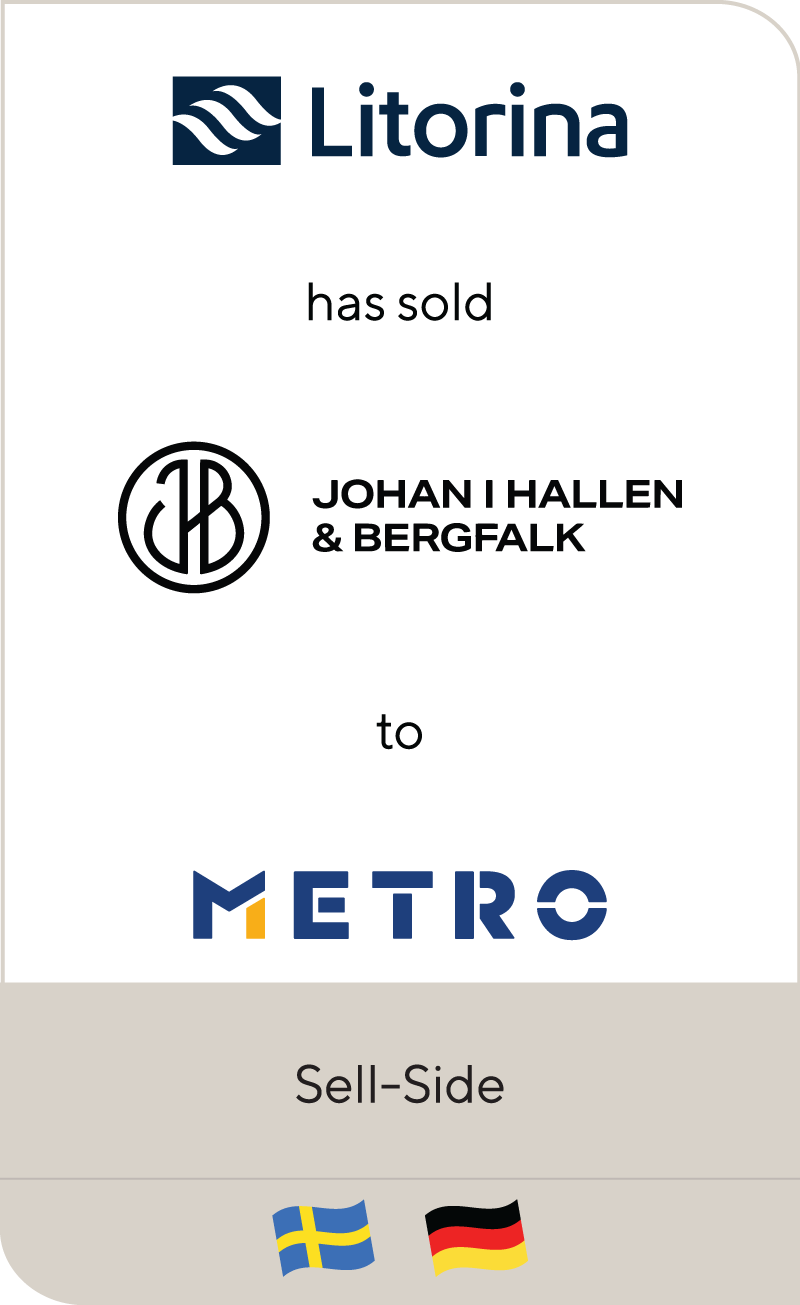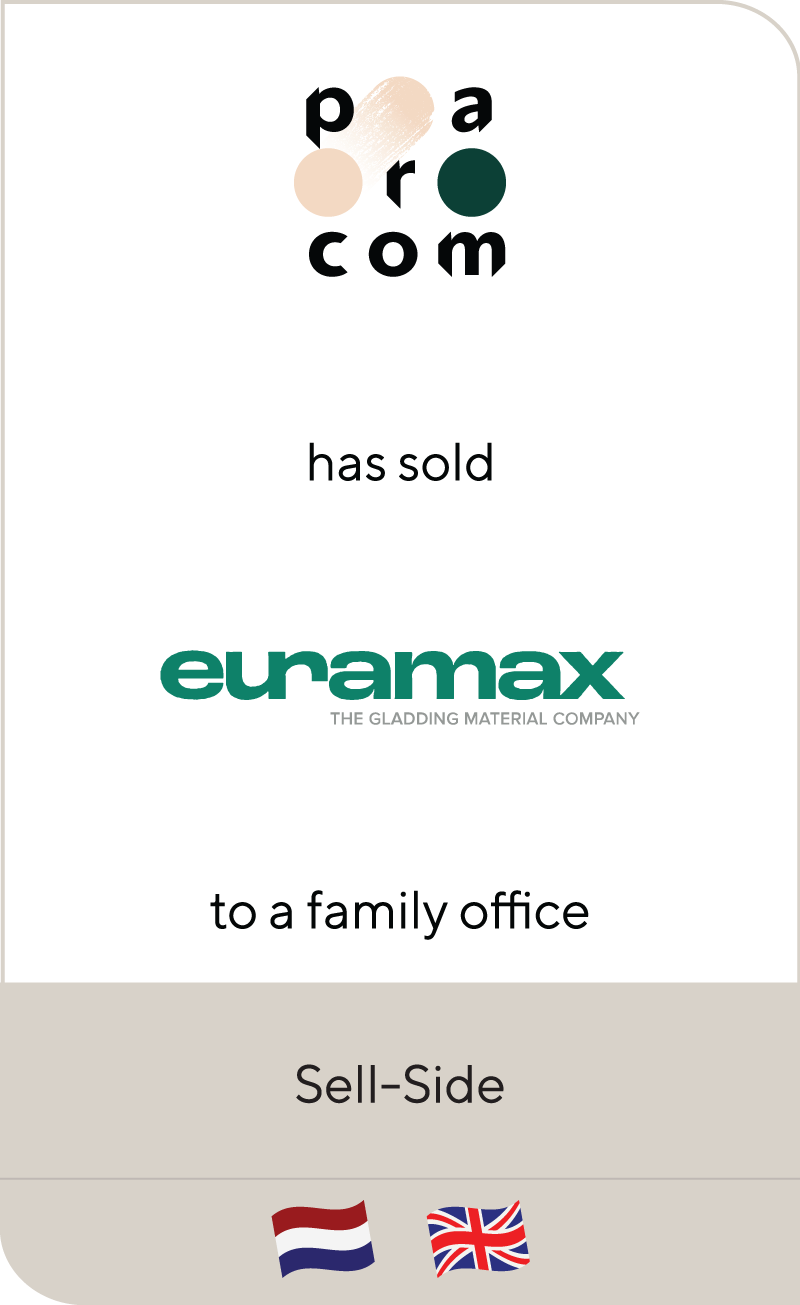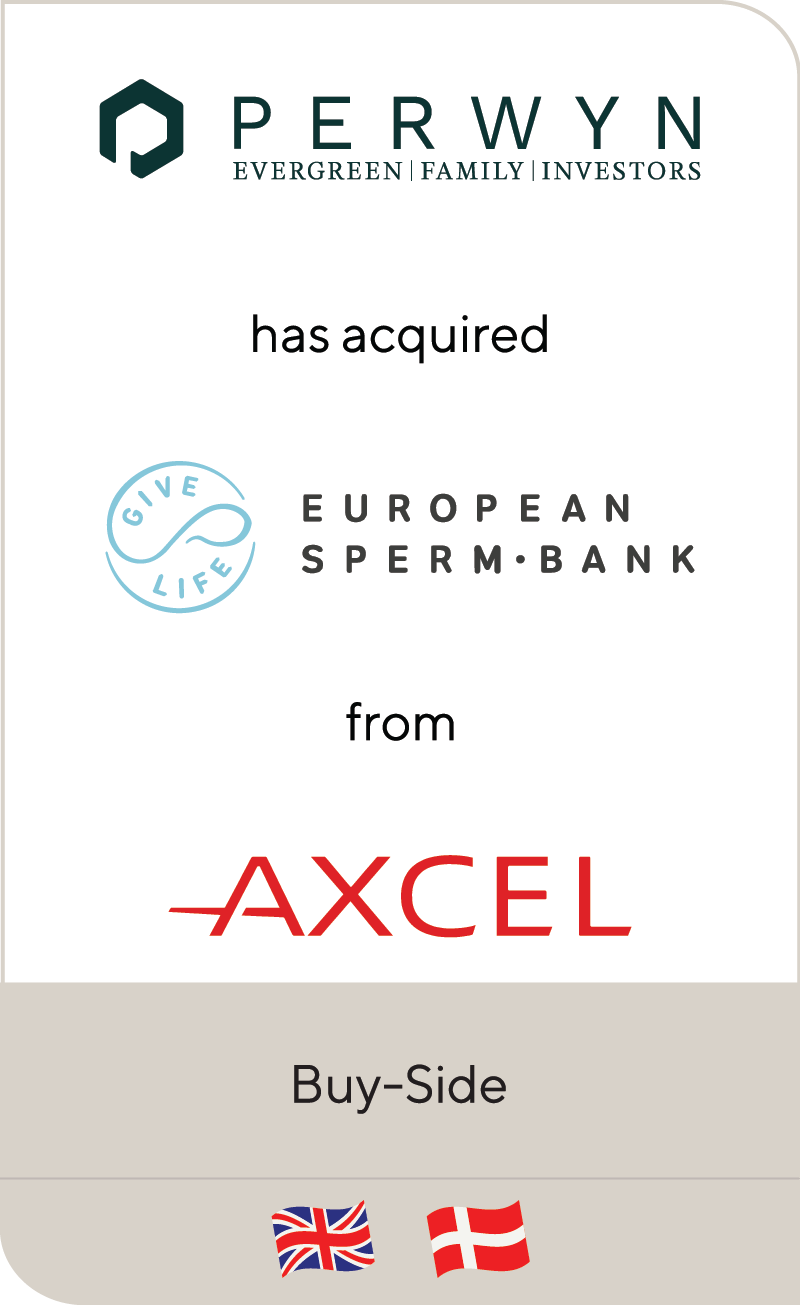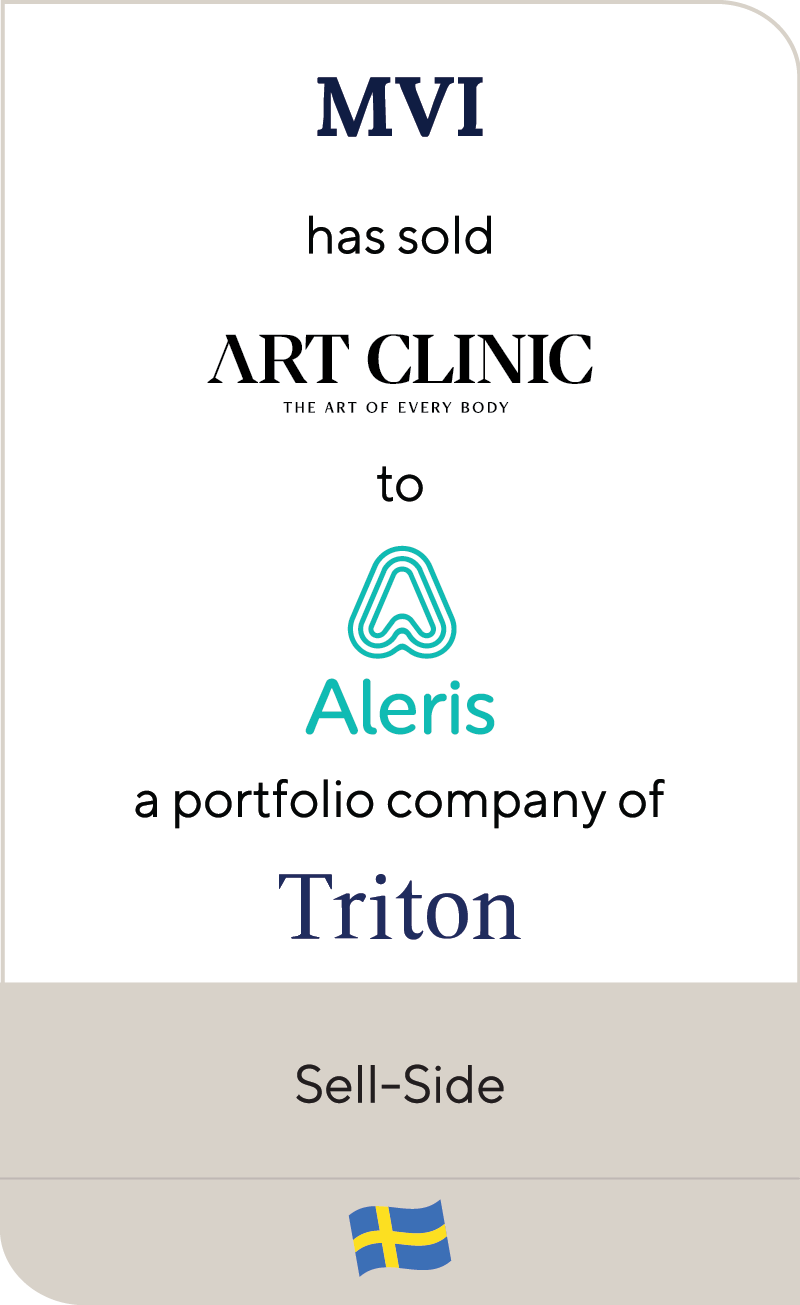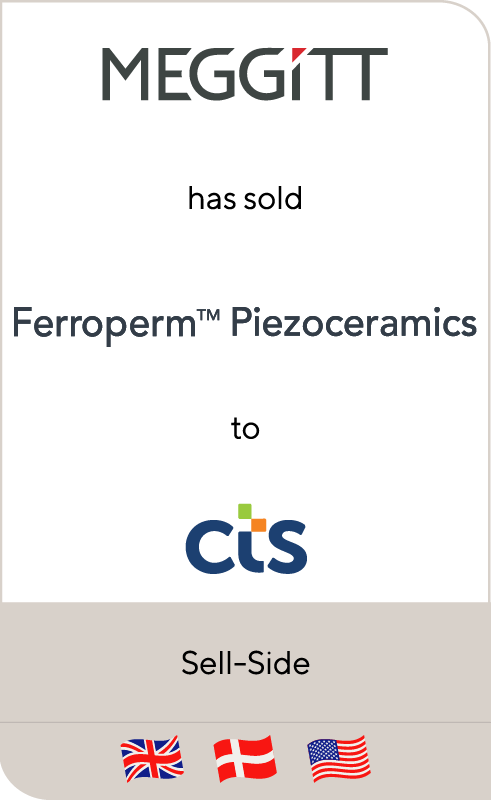Real Deals | Navigating the Nordics
Jun 2022
Originally published by Real Deals on June 16, 2022
What has been driving deal flow in the Nordic market over the last 18 months?
Fredrik Bolander: We went into this year with by far the biggest pipeline we’ve ever seen, in terms of both new pitches and new mandates. While activity was a bit slower at the beginning of April, it has really picked up again in the last month. I don’t think we’ve ever been as busy as we are right now, with both execution and pitches. Our backlog is higher than 2021, which was a strong year for the M&A market. There are several factors driving deal-flow in the Nordic market. To begin with, the climate for raising new funds has been phenomenal, probably unprecedented, and so that capital needs to be deployed. As a result of this, we have seen increasing valuations on attractive assets. Another trend in recent years has been an increased focus on growth investing, a strategy favoured by both the stock market and private investors, which has driven up interest for smaller, fast-growing assets in the region — of which there are plenty!
How will recent developments in the IPO market impact PE deal-flow?
Bolander: The Nordics has always had a very vibrant IPO market, but this has cooled off considerably in recent months and I expect this will fuel more M&A activity. For some time, it was one of the main exit routes for PE, however, we’ve seen a lot of tech companies shy away from the stock market since the end of last year. In fact, one trend we’re seeing is PE houses that took their holdings public at very good valuations engaging with us about the option to take it private, to unlock value from the current state of the stock market.
Gunnar Brundin: I think that the M&A market can benefit from this given that we see some stability in the market, as opposed to what we’ve experienced this first quarter, with all the uncertainties in the macroeconomic and geopolitical environment. As long as the stock market stays where it is for a bit longer and people realise that they won’t be able to get out at the original price, then I would expect the public-to-private market to come back stronger.
Which sectors have been attractive for cross-border dealmaking?
Brundin: The bottom line is that there are well run companies in a market with strong economies and a favourable corporate governance setup. On top of that, the Nordic market is not very large and the countries within the region are even smaller, so one way of being able to grow is to enter new markets. This means that a lot of companies are unafraid of testing new markets and establishing themselves fairly quickly in continental Europe.
Bolander: In terms of sectors, the Nordics have a heritage of very strong industrial companies that often want to sell off divisions; and this continues to be a very busy area for cross-border dealmaking. The technology sector, particularly software, has also been very active for cross-border deals. The Nordics has a strong tech cluster where we see a lot of young but very fast-growing companies. Understandably, many international players want to engage within that cluster.
What are the key challenges in doing deals from a due diligence provider’s point of view?
Brundin: Following both the pandemic and since the conflict began in Ukraine, one of the main challenges has been normalization adjustments. Some companies have also been negatively affected by supply chain issues. This means that coming to an agreement between the buyer and seller on what the real revenues and Ebitda are has become one of the most challenging due diligence factors.
Bolander: Another challenge is that deal processes are becoming extremely competitive over the last 18 months. The question is, how do you differentiate yourself from the pack? Increasingly, we’re seeing deals being done ahead of processes in order to improve deal close certainty. Our recommendation would be to identify the assets that you really want and start working on them as early as possible, either by trying to get access to management or with a view to starting your due diligence. We primarily do sell-side, but we’ve helped on a few buy-sides where we’ve more or less handed in the final offer when others hand in their first-round offer.
What are the main trends in terms of PE activity and presence in the Nordics?
Brundin: We’re seeing a lot more traditional PE players enter the Nordic tech market for very high multiples — almost the same high levels that you would expect to see in venture capital. In these cases, they need to have a very strong conviction for the recurring growth of that asset. Aligning the expectations of buyers and sellers on valuations can be a challenge in the current market.
Bolander: Another trend we’re seeing is around GP-led secondaries. In the current market, it’s difficult to find good companies, so when players have a strong asset, they are more likely to decide to put it into a continuation vehicle as opposed to selling it. I’m surprised at just how quickly this strategy has penetrated down to the mid-market funds. It’s really the talk of the town at the moment, and an area in which Lincoln International continues to invest in its advisory capabilities.
Summary
-
Gunnar Brundin and Fredrik Bolander, Managing Directors at Lincoln International, are featured in the latest Real Deals magazine where they discuss M&A trends and opportunities for private equity in the Nordics.
- Sign up to receive Lincoln's perspectives
Contributors
Meet Professionals with Complementary Expertise
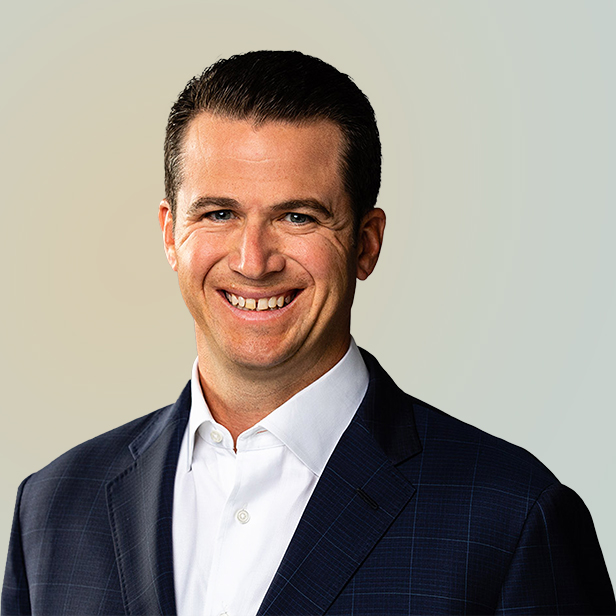
I am a rigorous advocate for my clients with a hands-on, communicative approach, focused on delivering intense advocacy and outlier results.
Sean Bennis
Managing Director & Global Head of Industrials
Chicago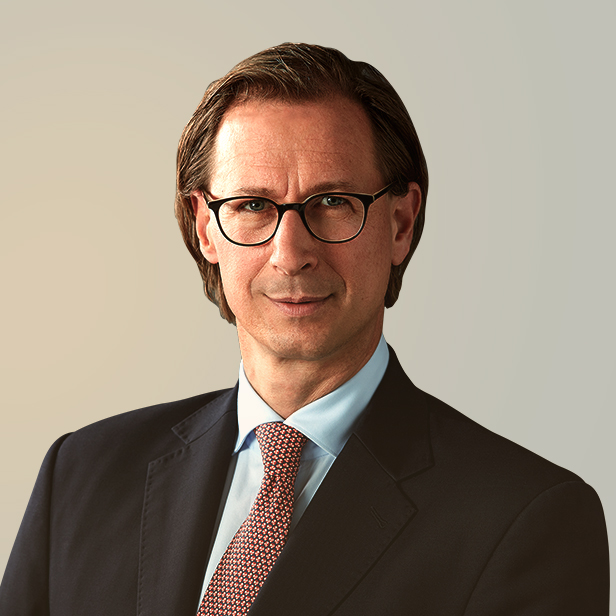
I am enthusiastic about creating sustainable growth and the highest value for our clients and strive to leave a positive footprint beyond any successful M&A transaction.
Friedrich Bieselt
Managing Director & Head of Business Services, Europe
Frankfurt
I enjoy leading clients and realizing their objectives, while structuring solutions to issues that are both intriguing and challenging.
Øyvind Bjordal
Managing Director & Head of Switzerland
Zurich
I am inspired by working with entrepreneurs and innovators who feel passionately about what they are creating.
William Bowmer
Managing Director & Co-head of Technology, U.S.
San Francisco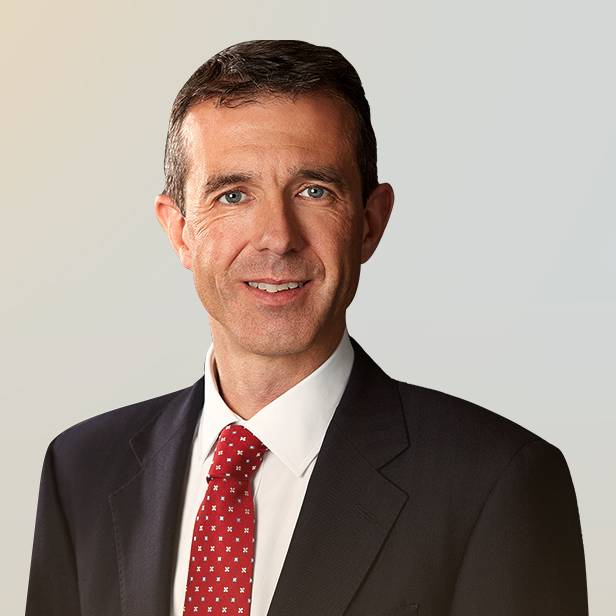
I deliver a hands-on approach to provide strategic advice to my clients throughout the transaction and beyond.
Chris Brooks
Managing Director & Co-head of Technology, Europe
London
My goal is to inspire and motivate our people to make a true impact with their clients, their colleagues and their communities.
Robert Brown
CEO | Managing Director | GP-Director
Chicago
